New tool evaluates in-season tissue potassium levels, maximizing profitability.
• By Trent Roberts •
Potassium deficiency is the primary limitation affecting soybean profitability. Producers must carefully manage potassium levels in their soil by knowing when, where and how much fertilizer to apply.
Soybean yield and profitability suffer when potassium levels are too low, but producers have few tools until now to guide potassium management decisions. Current potassium fertilizer recommendations are based solely on soil test results, which may not provide the precision required to maximize profitability.
But a new tool that looks at in-season potassium tissue levels can help growers ensure that the macronutrient is not limiting soybean production potential or profitability. It also can help protect their crop from “hidden hunger,” where plants experience a yield-robbing nutrient deficiency but otherwise look healthy.
The work
Over 20 years, soil fertility researchers with the Arkansas Agricultural Experiment Station conducted a series of experimental trials to evaluate the response of soybeans to potassium fertilizer rates. Among the researchers was Dr. Nathan Slaton, an agronomist and associate vice president for agriculture and assistant director of the Arkansas Agricultural Experiment Station.
The data was correlated and calibrated with soil test data, allowing researchers to make more targeted estimates about when and where potassium deficiency might occur. Where potassium deficiency occurs, there is a risk of limiting soybean yield. With the help of agricultural economist Mike Popp, the data from these trials was used to develop a tool that producers can use to estimate profit-maximizing potassium fertilizer application rates based on their input data.
Trent Roberts, holder of the Division of Agriculture’s Endowed Chair in Soil Fertility Research, records a session on managing soil fertility in soybeans for the 2021 online soybean field day — photo courtesy University of Arkansas
More recently, the soil fertility team began looking at soybean tissue potassium concentrations over a series of growth stages. Previous research had shown that tissue potassium concentration decreased as soybean crops continued to grow.
Thus, the timing of sample collection is crucial to interpreting tissue potassium concentrations. This work resulted in the development of dynamic critical potassium concentration thresholds.
Using the dynamic thresholds allowed researchers to use soybean tissue potassium levels to evaluate in-season soybean crops for “hidden hunger” or to corroborate visual potassium deficiency symptoms.
These thresholds also can help producers decide when in-season potassium applications may be profitable and ensure that potassium is not limiting yield.
The results
These soybeans show symptoms of potassium deficiency in the upper canopy — photo by Nick Kordsmeier, University of Arkansas
The two tools developed as a result of these experiments — the profit-maximizing potassium rate estimation tool and the dynamic critical tissue potassium concentration thresholds — can help producers maximize soybean yield potential and profitability. They can use this information to closely monitor the potassium status of the soil in their fields and the tissue concentration of a growing soybean crop.
The value
The profit-maximizing potassium rate estimation tool can provide a data-based potassium fertilizer rate that balances fertilizer and application costs with yield potential, existing potassium concentrations in the soil and soybean prices.
At typical soybean prices and input costs, producers can potentially increase profits by over $100 per acre compared to applying no fertilizer, depending on field-specific parameters. This tool can also help producers determine when applying fertilizer may hurt their profits.
By using the dynamic critical tissue potassium concentration thresholds, producers could see a net return of about $25 per acre for a field suffering from hidden hunger and about $75 per acre for a field suffering from extreme potassium deficiency, assuming typical soybean prices and potassium fertilizer and application costs.
Visit the Potassium Rate Calculators at https://bit.ly/3z2VJSt.
Dr. Trent Roberts is University of Arkansas’ Endowed Chair in Soil Fertility Research. This research was sponsored in part by the Arkansas Soybean Promotion Board and fertilizer tonnage fees.
The post Stamp out ‘hidden hunger’ appeared first on Soybean South.
New tool evaluates in-season tissue potassium levels, maximizing profitability.
• By Trent Roberts •
Potassium deficiency is the primary limitation affecting soybean profitability. Producers must carefully manage potassium levels in their soil by knowing when, where and how much fertilizer to apply.
Soybean yield and profitability suffer when potassium levels are too low, but producers have few tools until now to guide potassium management decisions. Current potassium fertilizer recommendations are based solely on soil test results, which may not provide the precision required to maximize profitability.
But a new tool that looks at in-season potassium tissue levels can help growers ensure that the macronutrient is not limiting soybean production potential or profitability. It also can help protect their crop from “hidden hunger,” where plants experience a yield-robbing nutrient deficiency but otherwise look healthy.
The work
Over 20 years, soil fertility researchers with the Arkansas Agricultural Experiment Station conducted a series of experimental trials to evaluate the response of soybeans to potassium fertilizer rates. Among the researchers was Dr. Nathan Slaton, an agronomist and associate vice president for agriculture and assistant director of the Arkansas Agricultural Experiment Station.
The data was correlated and calibrated with soil test data, allowing researchers to make more targeted estimates about when and where potassium deficiency might occur. Where potassium deficiency occurs, there is a risk of limiting soybean yield. With the help of agricultural economist Mike Popp, the data from these trials was used to develop a tool that producers can use to estimate profit-maximizing potassium fertilizer application rates based on their input data.
Trent Roberts, holder of the Division of Agriculture’s Endowed Chair in Soil Fertility Research, records a session on managing soil fertility in soybeans for the 2021 online soybean field day — photo courtesy University of Arkansas
More recently, the soil fertility team began looking at soybean tissue potassium concentrations over a series of growth stages. Previous research had shown that tissue potassium concentration decreased as soybean crops continued to grow.
Thus, the timing of sample collection is crucial to interpreting tissue potassium concentrations. This work resulted in the development of dynamic critical potassium concentration thresholds.
Using the dynamic thresholds allowed researchers to use soybean tissue potassium levels to evaluate in-season soybean crops for “hidden hunger” or to corroborate visual potassium deficiency symptoms.
These thresholds also can help producers decide when in-season potassium applications may be profitable and ensure that potassium is not limiting yield.
The results
These soybeans show symptoms of potassium deficiency in the upper canopy — photo by Nick Kordsmeier, University of Arkansas
The two tools developed as a result of these experiments — the profit-maximizing potassium rate estimation tool and the dynamic critical tissue potassium concentration thresholds — can help producers maximize soybean yield potential and profitability. They can use this information to closely monitor the potassium status of the soil in their fields and the tissue concentration of a growing soybean crop.
The value
The profit-maximizing potassium rate estimation tool can provide a data-based potassium fertilizer rate that balances fertilizer and application costs with yield potential, existing potassium concentrations in the soil and soybean prices.
At typical soybean prices and input costs, producers can potentially increase profits by over $100 per acre compared to applying no fertilizer, depending on field-specific parameters. This tool can also help producers determine when applying fertilizer may hurt their profits.
By using the dynamic critical tissue potassium concentration thresholds, producers could see a net return of about $25 per acre for a field suffering from hidden hunger and about $75 per acre for a field suffering from extreme potassium deficiency, assuming typical soybean prices and potassium fertilizer and application costs.
Visit the Potassium Rate Calculators at https://bit.ly/3z2VJSt.
Dr. Trent Roberts is University of Arkansas’ Endowed Chair in Soil Fertility Research. This research was sponsored in part by the Arkansas Soybean Promotion Board and fertilizer tonnage fees.
The post Stamp out ‘hidden hunger’ appeared first on Soybean South.




